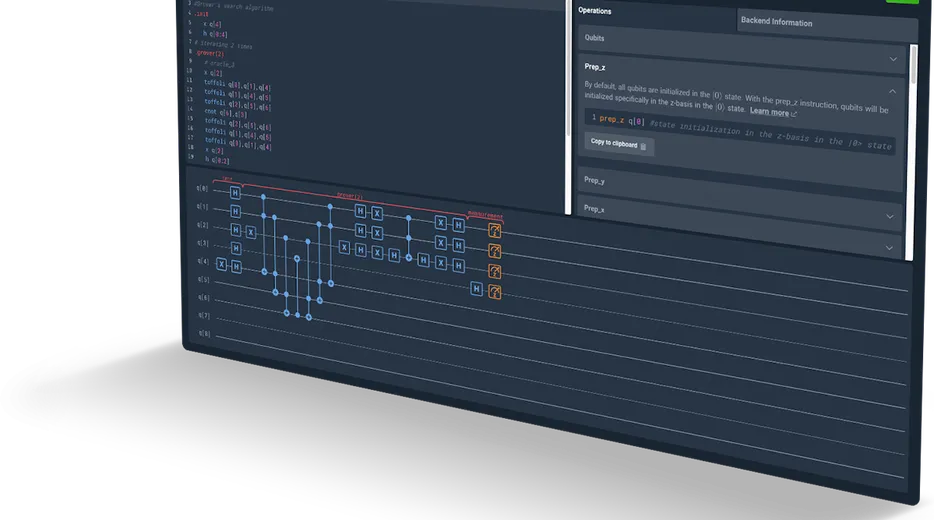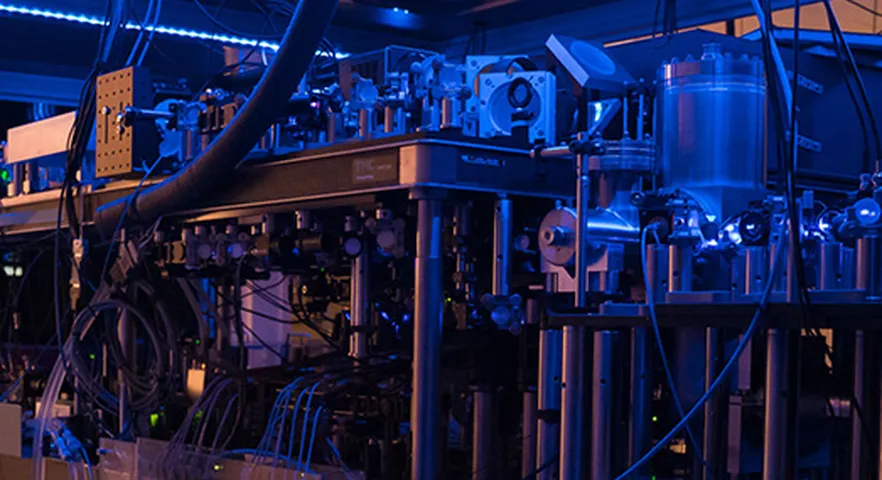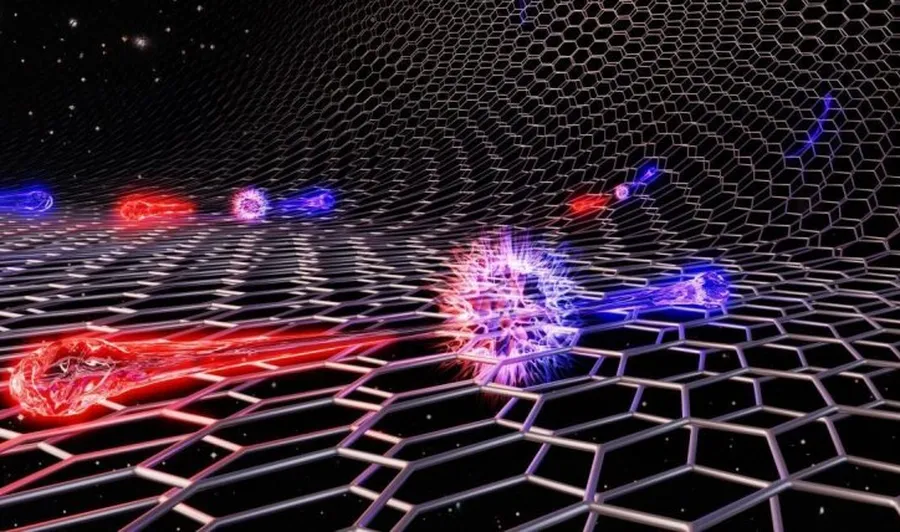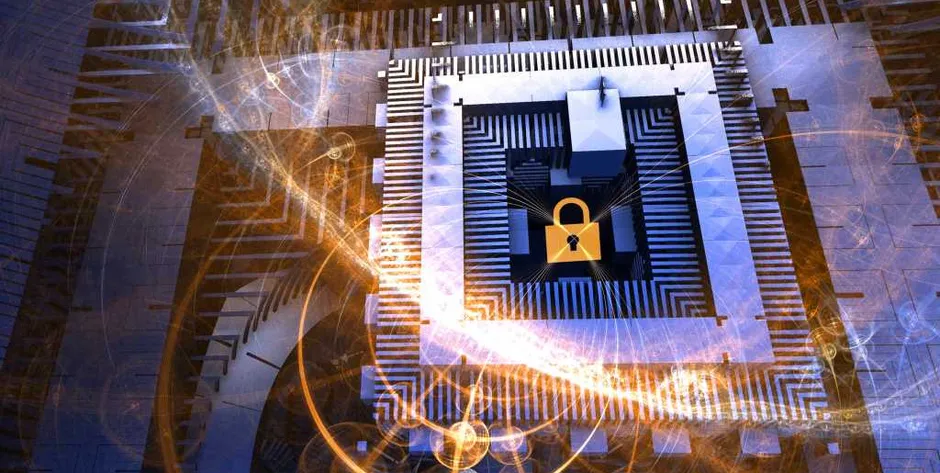Basic Principles of Quantum Mechanics
Discover the fundamental principles that make quantum computing possible, from superposition to entanglement, and learn why these microscopic phenomena are so revolutionary for computer science.
Discover how quantum technology and quantum physics enrich our knowledge


Unlike classical bits, qubits can exist in a superposition, meaning they can be both 0 and 1 simultaneously.

A fascinating phenomenon where qubits become connected to each other, even over large distances, offering new possibilities for information transfer.

Quantum computers make it possible to simulate complex physical systems that classical computers cannot model.
QuantumFuture is an educational platform dedicated to spreading knowledge about quantum technology. Our team of researchers and scientists strives to make the fascinating world of quantum physics accessible to everyone.
Our mission is to provide insight into quantum calculations, quantum systems, and the latest developments in the field of Quantum AI and related technologies.
More About Us
Richard Feynman proposes that quantum mechanics can be used for computation. Paul Benioff describes the first quantum mechanical model of a computer.
Peter Shor develops a quantum algorithm that can efficiently factor large numbers into prime factors, posing a potential threat to current encryption.
Researchers build the first rudimentary quantum computers with just a few qubits, performing simple calculations.
Google claims to have achieved "quantum supremacy" with the Sycamore processor, which performs a calculation in 200 seconds that would take a classical supercomputer 10,000 years.
Scientists are integrating quantum computing with AI techniques to unlock new possibilities in machine learning and complex problem solving.
Unlike classical bits that can only be 0 or 1, quantum bits (qubits) can exist in a superposition of both states, enabling exponential computing power.
A classical bit can only have one value at a time
A qubit can exist in a superposition of both states
4 bits = 1 of 16 possible states
4 qubits = all 16 states simultaneously
This is why Quantum AI is so powerful: it can explore many solutions simultaneously.
Quantum computers can simulate the exact structure and behavior of molecules, which can lead to breakthroughs in drug development and materials science.
Unbreakable encryption based on the laws of quantum physics, making data exchange completely secure against eavesdropping.
Quantum algorithms can solve complex optimization problems that are crucial for logistics, finance, and artificial intelligence.


Discover the fundamental principles that make quantum computing possible, from superposition to entanglement, and learn why these microscopic phenomena are so revolutionary for computer science.
An overview of the key quantum algorithms such as Shor's, Grover's, and VQE, and how these algorithms can solve problems that are inaccessible to classical computers.
How the integration of quantum computing and artificial intelligence is creating a new generation of problem-solving technologies that transcend traditional boundaries.

Explore the basic principles of quantum mechanics and discover how they form the foundation for quantum computing.

Stay up-to-date with the latest scientific breakthroughs in the field of quantum technology and related areas.

Explore the potential applications of quantum computing and Quantum AI in various sectors and scientific disciplines.
Do you have questions about quantum technology or would you like to receive more information about our educational materials?